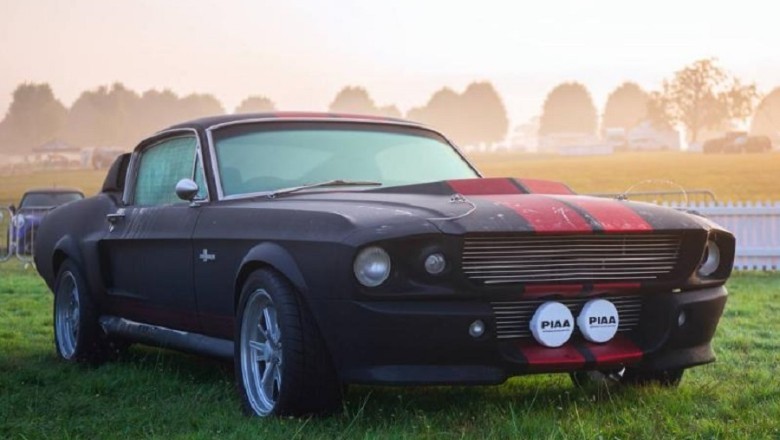
The Coolest Cars of the Last 60 Years
This legendary American racing car needs no introduction. The Ford GT40 was developed in the 1960s to beat Ferrari at the infamous 24 Hours of Le Mans endurance race.

At the time, the end product was a true monster. The V8-powered race car not only defeated Ferrari at Le Mans but also dominated the entire motorsport world in the following years.
Ford Mustang
We could argue that the debut of the Ford Mustang in '64 was the biggest automotive event of the '60s. The car was an immediate hit and quickly became a true American icon. It remains the most popular muscle car in the world to this day.
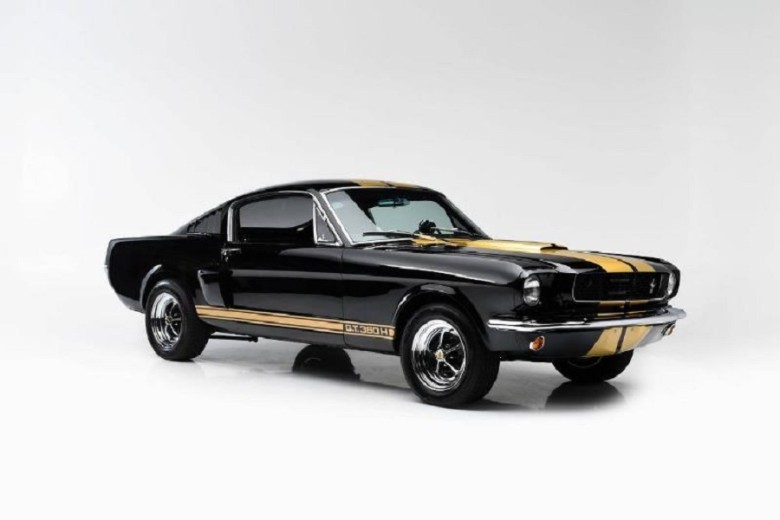
The first-generation Mustang came with a variety of engines under the hood, including various V8 engines and a weak inline-six for the base model.
Dodge Charger
Auto enthusiasts all over the world love the Dodge Charger, from JDM fans to Porsche enthusiasts. You don't have to be a muscle car fanatic to appreciate this beauty, which has quickly become one of the most legendary American cars of all time.
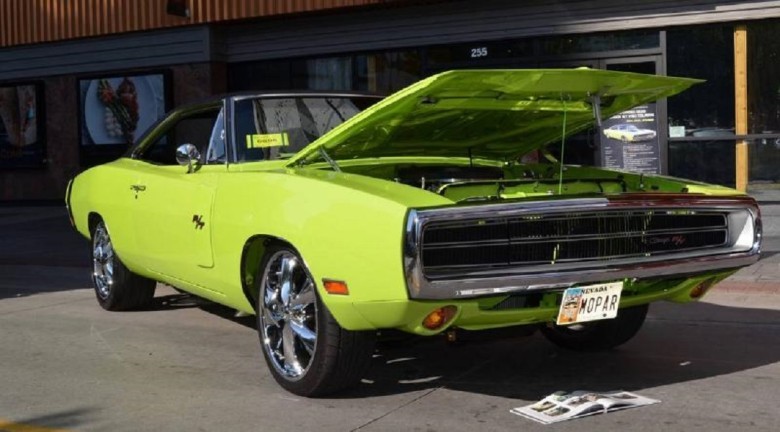
A powerful big-block V8 engine is the absolute highlight of the Charger, similar to most classic muscle cars. The 440 cubic-inch engine delivers an impressive 375 horsepower, all delivered to the rear wheels.
Buick Riviera
Buick may have used the Riviera nameplate for the majority of the 20th century. The legendary Riviera luxury car originally hit the market in 1963, as Buick tried to break into a segment dominated by the Ford Thunderbird.
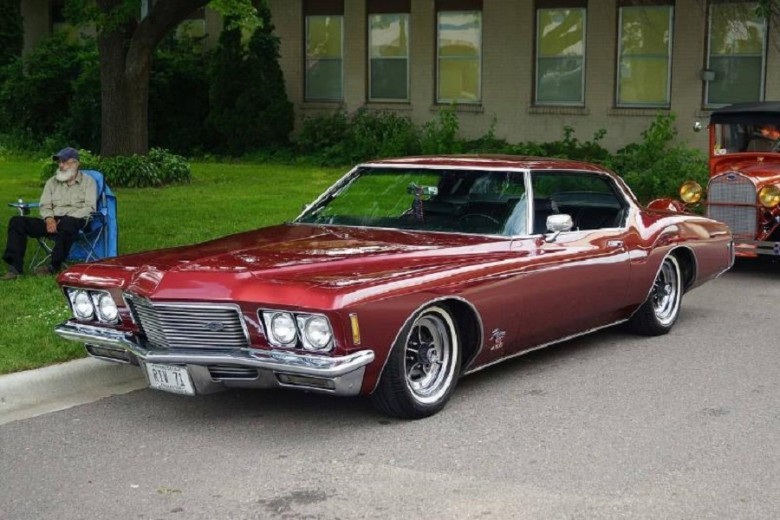
The third generation of the Riviera, produced for only three model years starting in 1971, is arguably the most iconic of them all. Its beautiful rear design has become a true icon of the early '70s.
Oldsmobile Cutlass / 442
The Cutlass has experienced quite an impressive shine over the years. The nickname first appeared in the early '50s on an experimental sports coupe before becoming a proper production car in 1961. However, the first-generation Oldsmobile Cutlass was not particularly exciting.
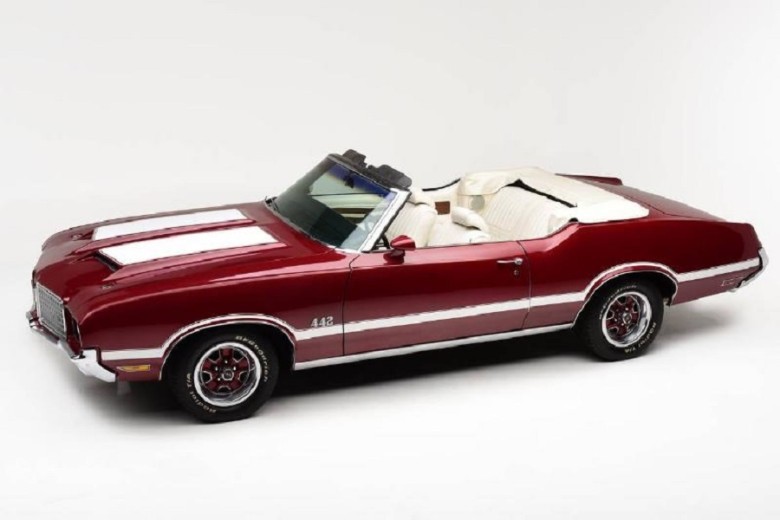
The Cutlass became an icon for the '64 model year when the brand-new second generation hit the market. Available engines ranged from a weak 155-horsepower V6 to a big-block V8 with almost 350 horsepower.
Studebaker Avanti
This must be one of the most underestimated cars of the '60s. Believe it or not, this luxury car had a massive influence on automotive design in America. Less than 5800 of them were built in total, and the production line was shut down just two years after its debut in '62!
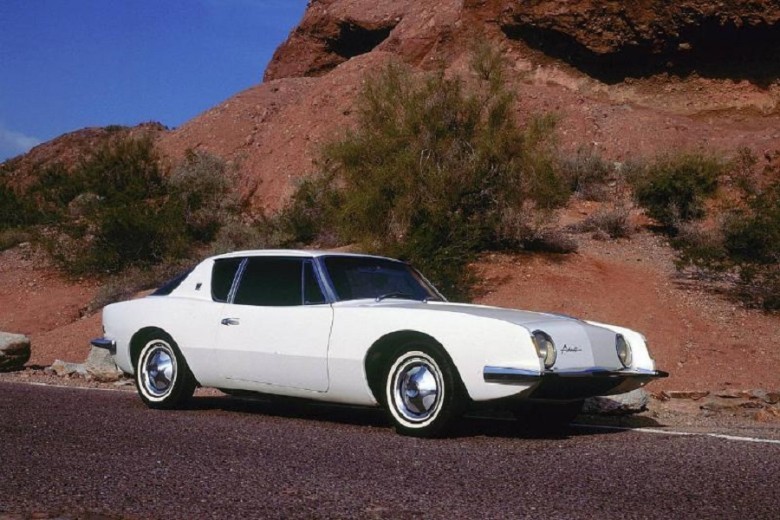
This cool-looking car was the birth of the "Coke Bottle Styling." That's right, cars like the third-generation Corvette, the '70s Mustang Boss, or the Plymouth Barracuda were all inspired by the same body style as this underrated beauty.
Chevrolet El Camino SS
History has shown us time and time again that unibody pickup trucks are doomed from the start. However, the Chevy El Camino is an exception to this rule.
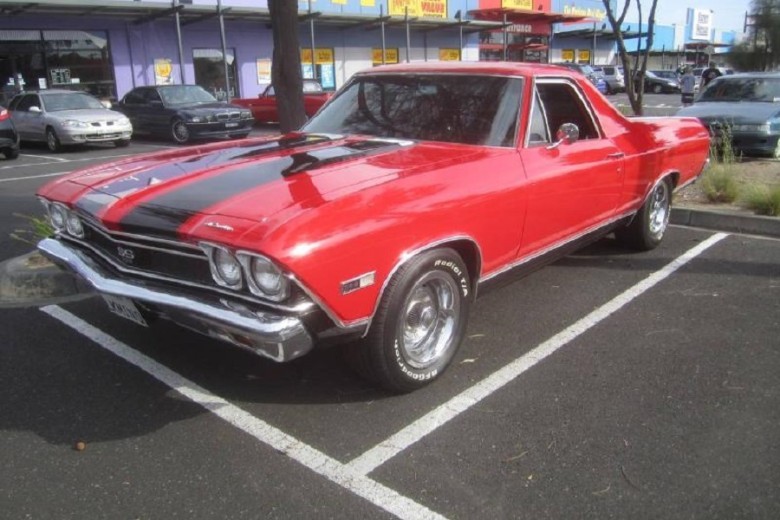
This unique pickup has evolved into a cult classic within a few decades of its first debut. The souped-up SS variant, powered by a high-performance 454-cubic-inch big-block V8, remains a gem coveted by collectors worldwide.
Ferrari 250 GTO
Undeniably, this is one of the most famous cars of all time. Not only that, it is also the most expensive car ever sold. One of only 36 units ever made was sold at an astounding $70 million at an auction in November 2021!
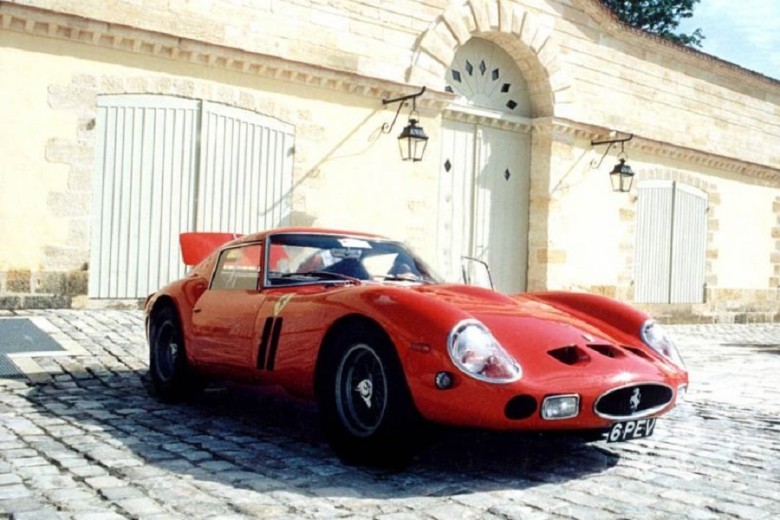
The 250 GTO is essentially a road-legal homologated race car. It is powered by a screaming V12 engine, producing around 300 horsepower, paired with a 5-speed manual gearbox.
Chevrolet Camaro SS
The Camaro was GM's response to the incredibly successful Ford Mustang. Of course, Chevrolet wanted a piece of the pie too. The very first Camaro hit the market in 1966. The car was an instant success, with about 220,000 units sold within the first year.

The mean-looking Camaro was offered with various V8 options under the hood. Although not as popular as the Ford Mustang, the Chevy Camaro has gone down in history as one of the most legendary American vehicles of all time.
Chevrolet Corvette C2
Chevrolet undoubtedly revolutionized the market with the release of the original Corvette in the early 1950s. After all, no American automaker had developed anything quite like the Corvette. The two-seater resembled a classy Italian roadster, except for a gas-guzzling V8 under the hood.
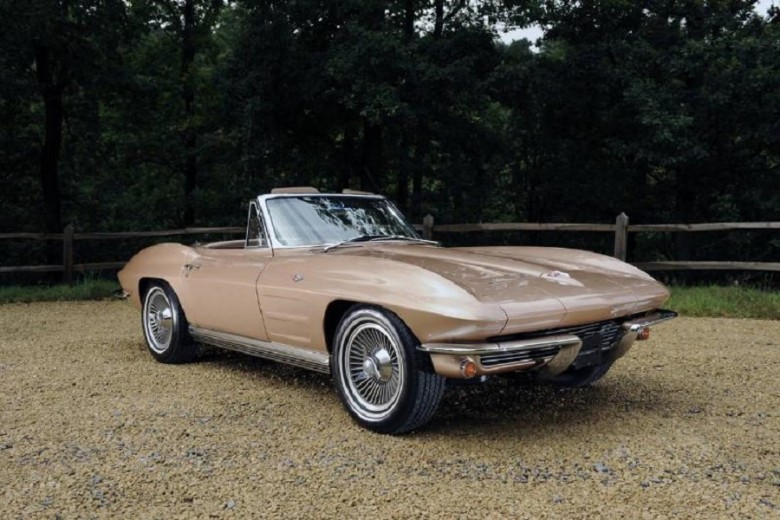
The release of the second generation in '63 was equally special. The Corvette received a much-needed update along with a host of technical improvements. Let's not forget the unique split-window rear design, only found on the '63 Vette.
Dodge Challenger
Dodge developed the Challenger to compete with Ford and General Motors, attempting to capture the pony car segment dominated by the Ford Mustang. Built on the same E-Body platform as the Plymouth Barracuda, the car hit the market for the '70 model year.

The base model came with an underpowered flat-six, although buyers had many optional V8 engines to choose from, including a 440 cubic-inch big block or a 426 cubic-inch Hemi.
Ford Thunderbird
The Blue Oval clearly invested a lot of time and effort to perfect this beautiful car. In fact, the automaker has released five different generations of Thunderbird since the debut of the original in 1957.
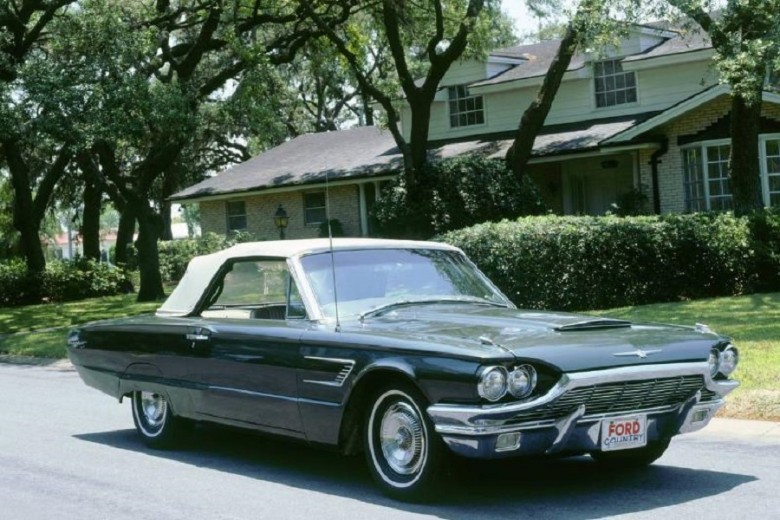
The frequently updated Thunderbird was built to be a more upscale alternative to the Chevy Corvette, which hit the market just a few years prior. All Thunderbirds built before the 1980s also had a monstrous V8 under the hood!
Chrysler New Yorker
The New Yorker served as Chrysler's flagship for most of its production. The nameplate first hit the market in 1940 and remained in production for over half a century!
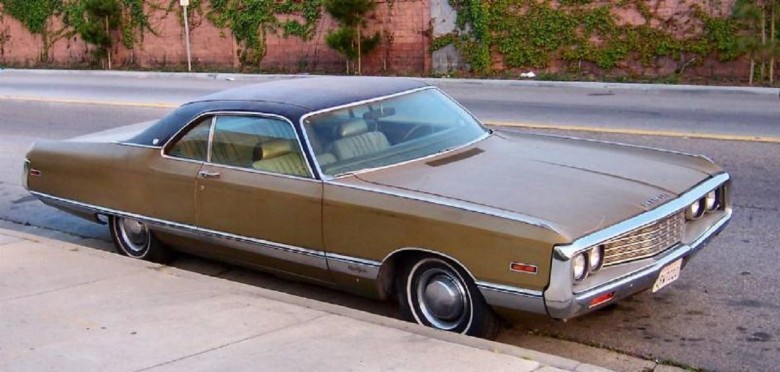
The eighth generation of the car, built between 1969 and 1973, is arguably the best of them all. The New Yorker showcased beautiful design both inside and out, along with an impressive 440 cubic-inch big block V8 under the hood. The same one offered in a souped-up Dodge Charger!
Pontiac GTO
This is an American muscle car with an Italian touch, at least when it comes to the nameplate. Pontiac was inspired by Ferrari and its legendary 250 GTO, which stands for Gran Turismo Omologato in Italian. Originally, the GTO by Pontiac was an optional package for the Le Mans before becoming a standalone model in 1964.

Don't be fooled by the name, because the Pontiac GTO is as American as a muscle car can be. This beauty was powered by a gas-guzzling V8 engine, delivering an impressive 325 horsepower.
Ford Bronco
Ford was clearly on a winning streak in the 1960s, and the original Bronco proves it. The Ford Bronco was initially released in 1966, just two years after the Mustang pony car, and was designed as a more practical alternative to the off-road vehicles available on the market at the time.
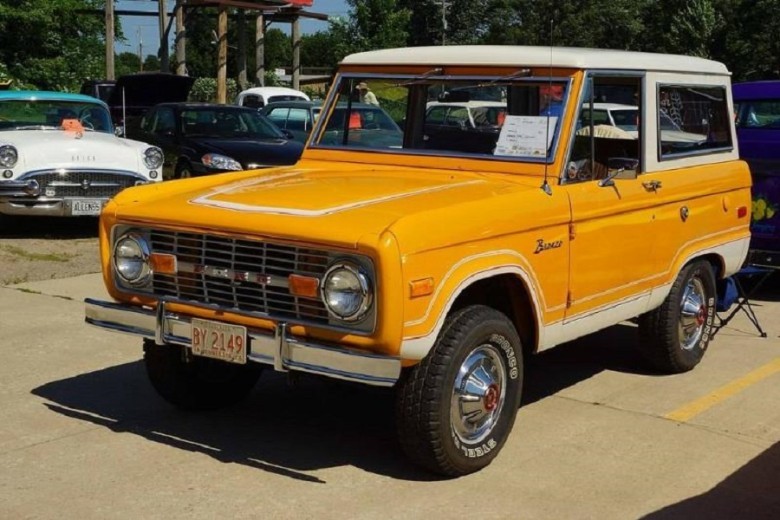
Buyers had many two-door body style options to choose from, including a roadster or a practical pickup version. The base model came with a inline-six engine, but buyers had the option to upgrade to a much more powerful V8 engine.
Chevrolet Corvette C3
This could very well be the ultimate classic Corvette. The success of its predecessor, the C2 generation, was short-lived, as the model was replaced on the market after just 5 years.

The classic C3 Corvette arrived in 1968. Its completely new design, removable T-top roof, and an optional big block under the hood made it hard not to love the C3.
Lotus Esprit
One can confidently say that the Lotus Esprit anticipated automotive design trends. Believe it or not, this model was not actually released in the 1980s. The first Esprit made its debut for the 1976 model year, despite its design that strongly evokes the 80s!
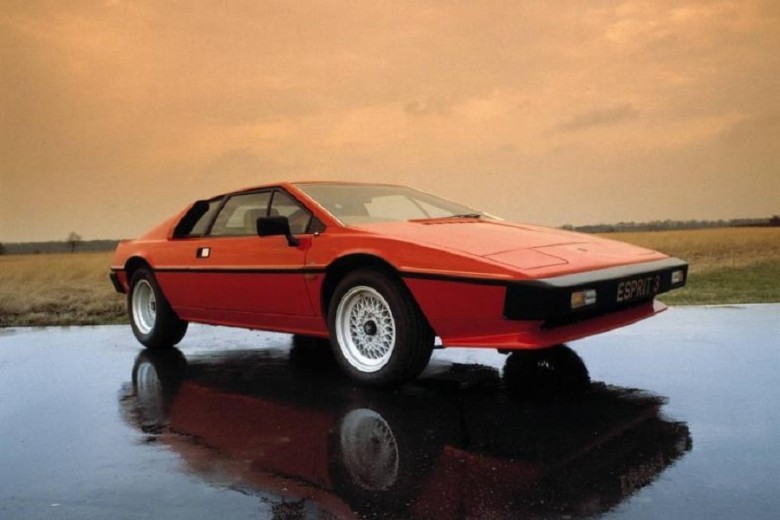
This stunning sports car was designed by Italdesign, a famous Italian bodybuilder. The car was originally powered by a somewhat underwhelming four-cylinder boxer engine, which was eventually replaced by a twin-turbocharged V8 in the mid-1990s.
Cadillac Eldorado
The Cadillac Eldorado is one of the very few automobiles that seemed to be immune, at least initially, to the 1973 oil crisis. The ninth generation of this land yacht, which hit the market for the '71 model year, featured a gigantic body measuring over 220 inches and a massive 500 cubic-inch engine that barely delivered 235 horsepower.

Following the 1973 oil crisis, most automakers either toned down or discontinued their gas-guzzling land yachts. The Eldorado stayed true to its roots, and a massive V8 remained the only available engine option until the debut of the tenth-generation Eldorado in 1979.
Jeep Wagoneer
When it comes to classic SUVs, it doesn't get much better than the original Jeep Wagoneer. Developed by the American automaker in the late 1950s, the model was finally introduced for the '62 model year.
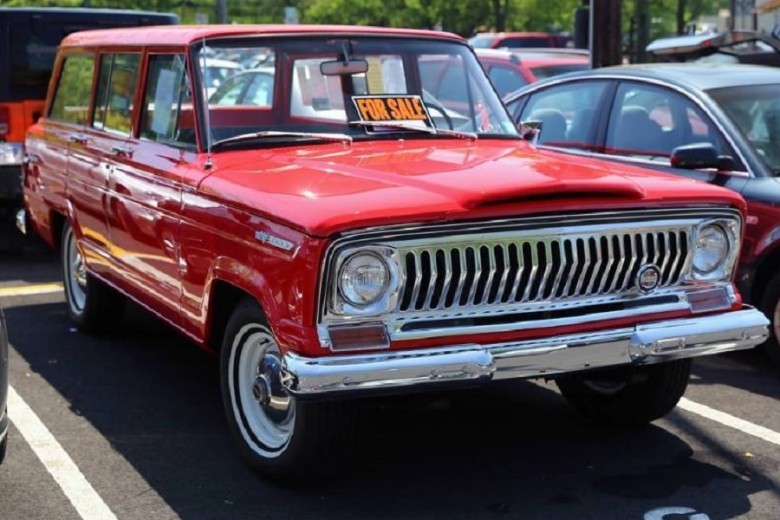
The Wagoneer was rightfully marketed as superior compared to its competitors, both in terms of comfort and practicality. In fact, its spacious cabin boasted the best cargo space in its class.
AC Cobra
The AC Cobra remains one of the most radical automobiles to this day. It was originally developed by Carroll Shelby himself, who combined a powerful Ford V8 engine with a lightweight two-seater body from British automaker AC. As a result, the AC Cobra was truly fast!
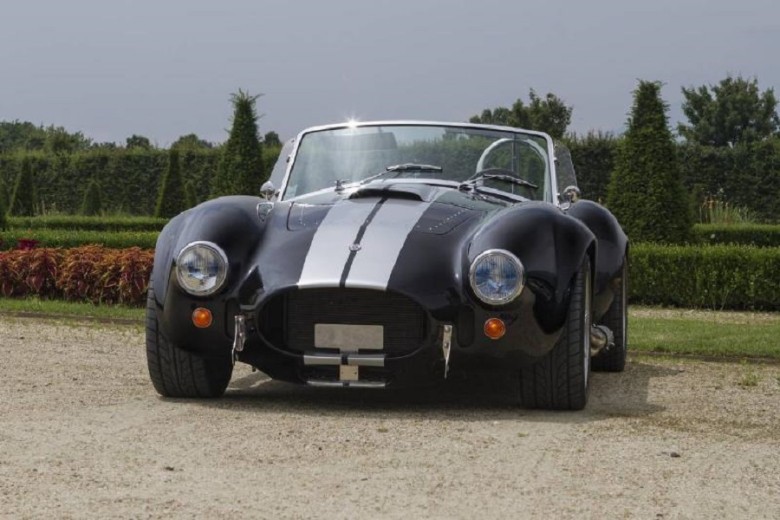
The most radical units were equipped with a 427 cubic-inch big block V8 engine producing a rated output of 425 horsepower. With this engine under the hood, the AC Cobra was capable of achieving a top speed that was, and still is, impressive.
Volkswagen Beetle
The Beetle has stolen the hearts of car enthusiasts around the world. It also remains one of the best-selling cars of all time, with over 21.5 million units built!

The Beetle gained fame shortly after World War II, primarily due to its affordable price. The vehicle was the brainchild of Ferdinand Porsche. Similar to the Porsche 911, the Beetle featured an air-cooled flat-four engine mounted at the rear of the car.
Split Bumper Chevrolet Camaro
The second generation of the Chevrolet Camaro, GM's answer to the beloved Ford Mustang, was introduced in 1970. The car featured a more aggressive design, complete with a body that was both wider and lower than its predecessor.

Early production units (built until 1973) are often referred to as split bumper Camaros. Starting in 1974, Chevy introduced an updated front-end design with a single front bumper to comply with the latest safety regulations.
Lincoln Continental
The Continental paved the way for luxury cars. In fact, its 1939 debut marked the creation of this segment! This lavish automobile was also the last American vehicle to be powered by a factory-built V12 engine in the late 1940s, and the last model to be downsized following the 1973 oil crisis.
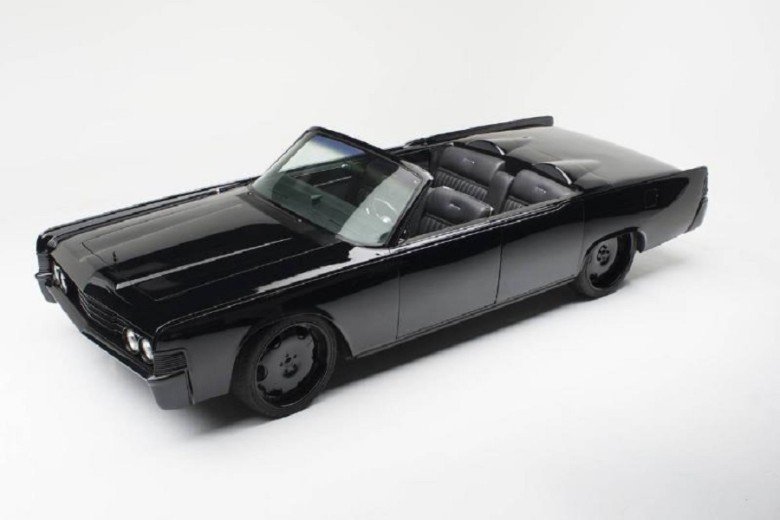
Similar to the previously mentioned Cadillac Eldorado, the Lincoln Continental initially seemed immune to the oil crisis. It wasn't until 1982 that the Continental received a inline-six engine.
Plymouth Barracuda
This legendary muscle car still confuses petrolheads today. Plymouth introduced an optional Cuda package for the Barracuda, which upgraded the engine to a standard 290-horsepower V8 and offered the optional 425-horsepower big-block Hemi engine for the most demanding buyers.
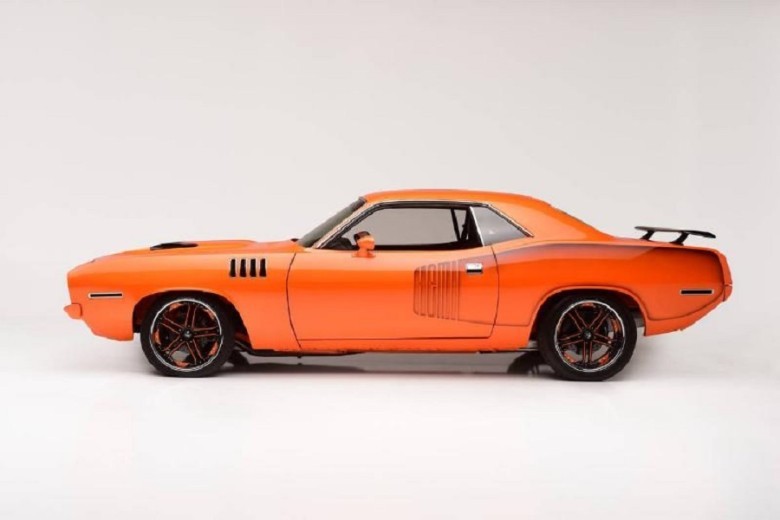
Many people seem to confuse the Cuda package with the Barracuda model and mistakenly believe that the two names are interchangeable. We may have been guilty of this mistake too!
Porsche 930 Turbo
The 930 Turbo was the ultimate status symbol in the world of performance cars. This generation of the 911, built between 1975 and 1989, was the dream car of enthusiasts worldwide. The air-cooled flat-six engine combined with a single turbocharger was powerful enough to propel a 930 Turbo from 0 to 60 mph in just 4.6 seconds!
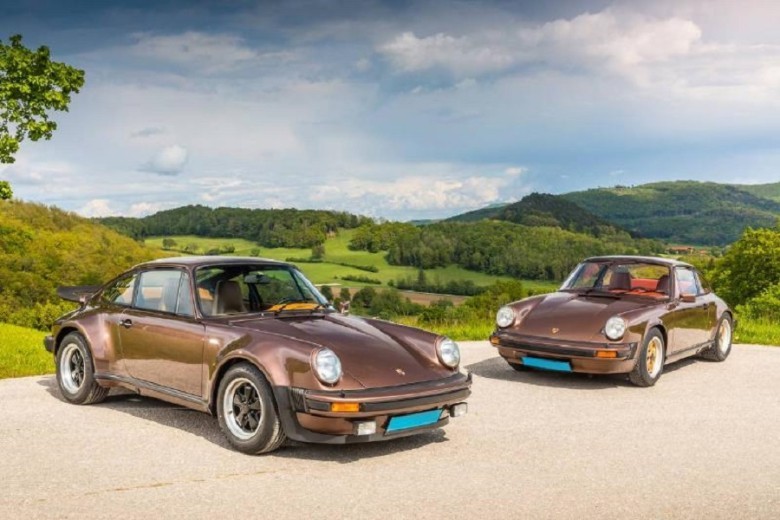
The Porsche 930 Turbo, nicknamed the Widowmaker, is as fast as it is demanding to drive. The car suffers from quite a bit of turbo lag, which is a somewhat risky combination when paired with its rear-wheel drive drivetrain and the absence of driver assistance systems.
Aston Martin DB5
Anyone who has seen James Bond wanted to own one of these beauties. This generous grand tourer quickly became an icon of British automobiles and one of the most famous cars of all time.
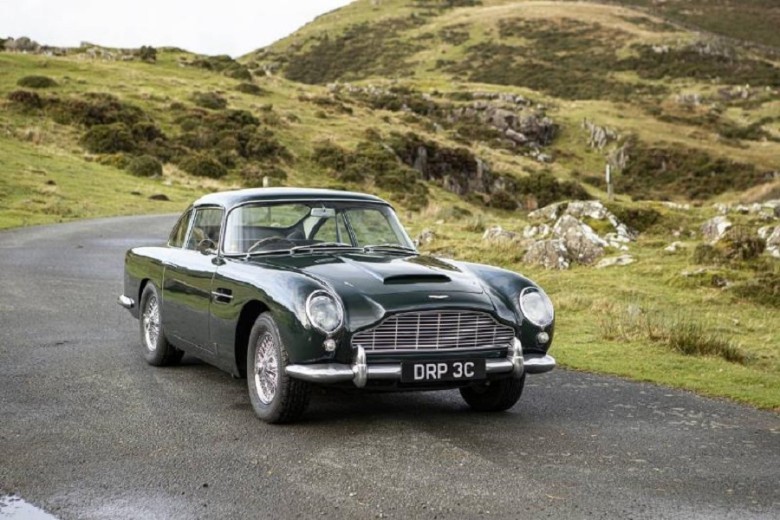
The model first hit the market in 1963 and was produced for just three short years before being replaced by the DB6. The DB5 offers everything that defines and continues to define an Aston Martin, including high-performance engines, upscale interiors, and a comfortable yet driver-focused ride.
Buick Wildcat
The Wildcat may have only been around for 7 years, but it certainly had a significant impact on Buick and the American automotive market as a whole. The Wildcat was designed with a focus on performance and luxury, serving as a more powerful and larger alternative to the LeSabre.

The Wildcat has seen two different generations during its production run. Each unit rolled off the assembly line with a big-block V8 engine, delivering a rated output of 340 or 360 horsepower.
Shelby Mustang GT500
Nearly every vehicle Carroll Shelby worked on became an icon of the automotive world, and the Shelby Mustang is no exception. The high-performance GT500 remains one of the most sought-after variations of Ford's classic pony car.

Under the hood of the Shelby Mustang GT500 is a 355-horsepower big-block engine, enabling it to sprint from 0 to 60 miles per hour in just 6.5 seconds. That was truly fast in the late 1960s!
Oldsmobile Toronado
General Motors' Oldsmobile division wanted to enter the luxury car market in the mid-1960s. The Toronado was developed to be a competitor to some of the most luxurious automobiles offered in America at that time. It shared the same platform with the Buick Riviera and Cadillac Eldorado.
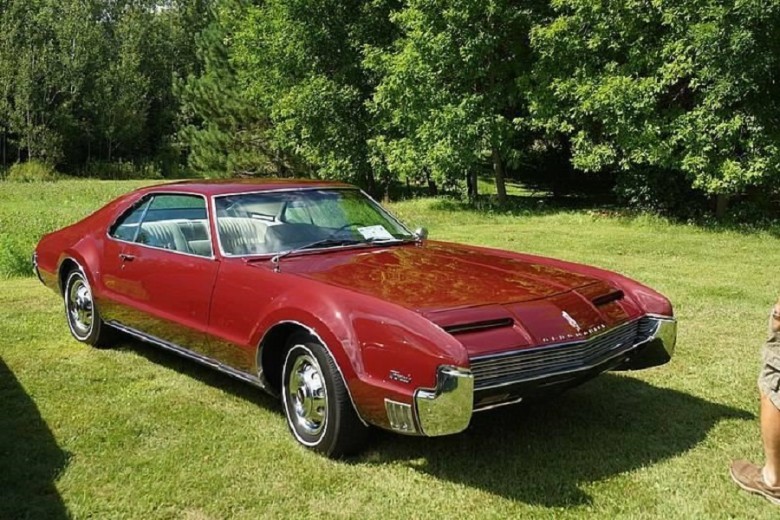
It's no surprise that the Oldsmobile Toronado was an instant hit. The car's beautiful design, complete with hidden headlights, combined with a powerful, gas-guzzling V8, appealed to buyers across the country.
Chevrolet Impala SS
Don't get us wrong, the regular Chevrolet Impala is already a very cool classic car on its own. However, the enhanced Super Sport (SS) variant plays in a whole different league.

As if the SS appearance package wasn't enough, an additional performance upgrade was available from the factory. Buyers had the option to upgrade the engine in their SS Impala to a monstrous 427-cubic-inch big-block, delivering a whopping 425 horsepower!
Mercury Cougar
The Mercury Cougar shared most of its components and foundations with the Ford Mustang. In fact, we'd go as far as to say that the Mercury Cougar was pretty much a redesigned Mustang with other unmatched changes.
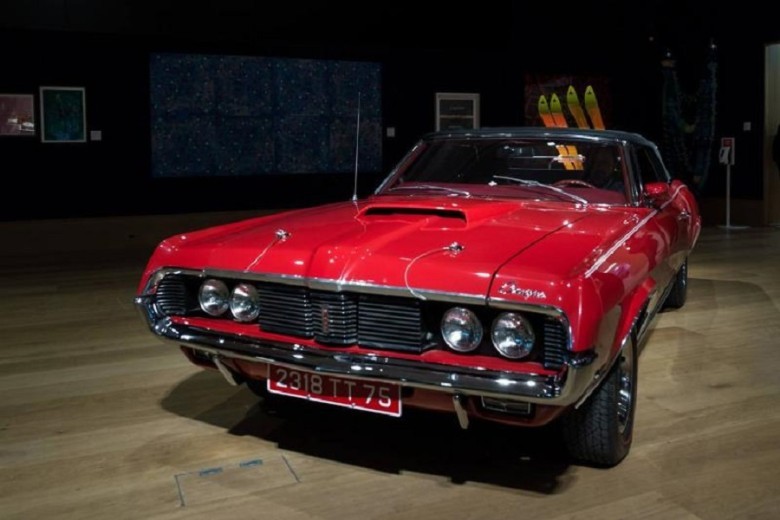
While perhaps not as cool as the Mustang, the Mercury Cougar remained a great ride for the majority of its production. The Cougar was even offered with an optional big-block engine until 1980!
Pontiac Firebird
The Pontiac Firebird is very similar to the previously mentioned Mercury Cougar in many ways. For starters, both cars were essentially redesigned versions of their more popular cousins. The Firebird was built on the same F-body platform as the Chevy Camaro, and most underpinnings were shared between the two rides.
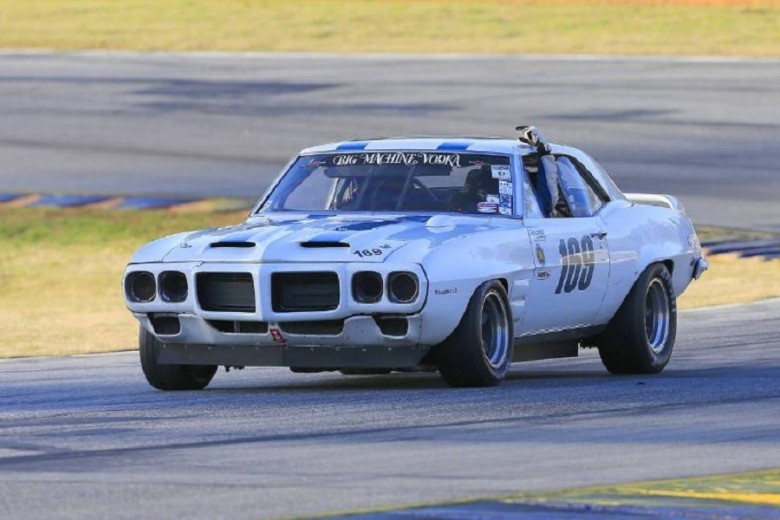
As a result, the Pontiac Firebird is just as cool, if not cooler, than the Camaro. The first generation was sold between 1967 and 1969, with two small-block V8 options as well as a 400-cubic-inch big-block to choose from. There was also a flat-six option for the base model, although it was rather dull and terribly underpowered.
Buick GSX
The muscle car craze was at its peak in the late 1960s, and Buick couldn't be left behind. The GSX was the perfect tool for the job and a significant contribution to the muscle car market.
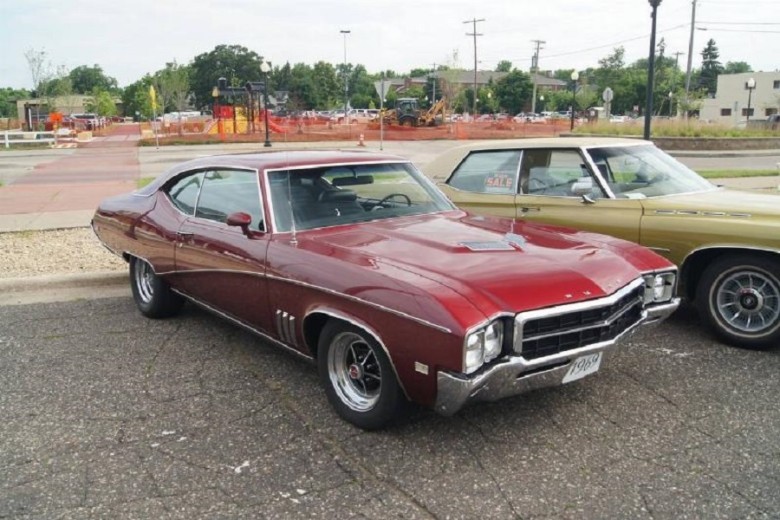
The Buick GSX was a high-performance muscle car based on the Buick Gran Sport. Its 455-cubic-inch big-block engine delivered a whopping 350 horsepower, allowing the car to reach 60 miles per hour in just 5.7 seconds.
Plymouth Road Runner
After purchasing the rights to use the name and likeness of Road Runner from Warner Bros, Plymouth had to develop a muscle car as fast as the popular Looney Tunes cartoon character.
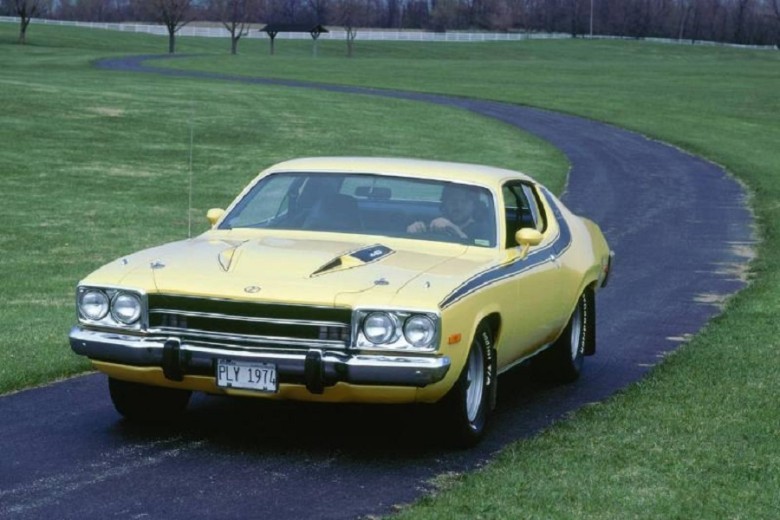
The Plymouth Road Runner lived up to its expectations, although the bar was already set pretty high. The original Road Runner debuted in 1968, and buyers had the option to choose from three different high-performance big block V8 engines.
Volkswagen Type 2
The Volkswagen Type 2 was a utility vehicle that was added to the product lineup of the German automaker alongside the mentioned Beetle (also known as Type 1). It quickly became a bestseller and surprisingly, a popular vehicle for the hippie culture.
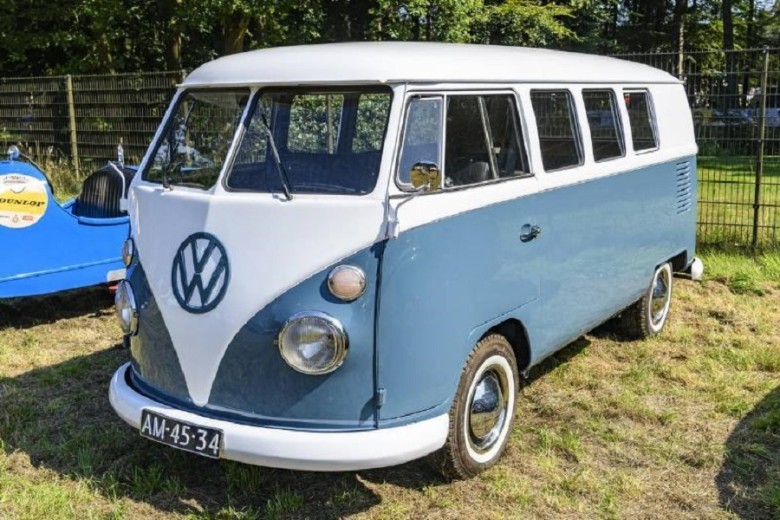
Hippies always loved Volkswagen, both the Type 1 and Type 2, especially because they were very easy to customize. Many affordable parts, as well as spare parts from other vehicles that would fit the Type 2, made this van a cult classic.
Pontiac Trans Am
Fans of "Smokey and the Bandit" will instantly recognize this beast. The Trans Am was actually an optional package available for the previously mentioned Pontiac Firebird.

The Trans Am package introduced performance upgrades as well as a range of cosmetic details. A 400-cubic-inch engine was standard for the Trans Am, along with a more powerful optional 455-cubic-inch powerplant.




















Comments
0 comment